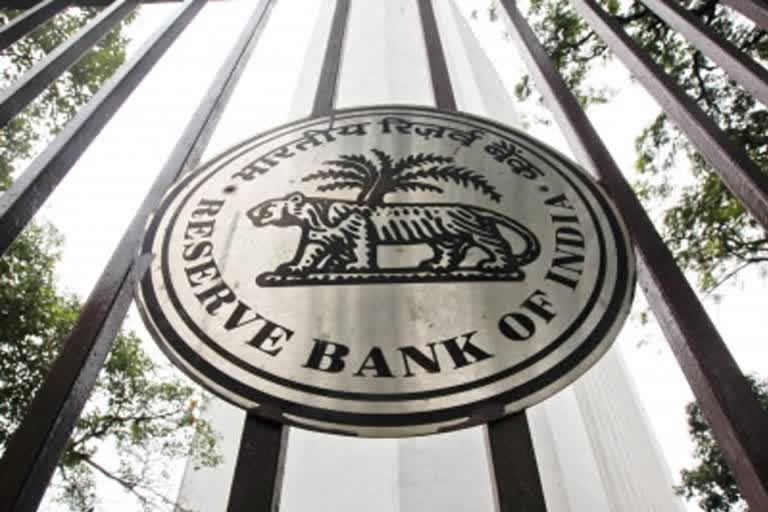New Delhi: After two-day long deliberations in Mumbai, the Reserve Bank’s Monetary Policy Committee unanimously decided to keep the crucial interbank lending rates, the repo rate and reverse repo rate, unchanged at 4% and 3.35% respectively. The committee also decided to maintain the accommodative stance by a majority of five-to-one to support the economic growth that is recovering from the adverse economic impact of the Covid-19 but needs support for a broad-based and durable recovery.
After the meeting, Reserve Bank Governor Shaktikanta Das announced that the repo rate remained unchanged at 4% and the reverse repo rate also remained unchanged at 3.35%.
The repo rate is the short-term interbank lending rate at which banks borrow money from the Reserve Bank and they deposit their surplus funds with the RBI at the reverse repo rate.
Any change in the repo and reverse repo rate has a direct impact on borrowers, particularly the retail borrowers who borrow home loan, auto loan and personal loans from banks and other financial institutions. Any increase in repo rate leads to increase in the monthly EMI outgo as banks link interest rates on loans to Repo Linked Lending Rate (RLLR).
The committee has also decided to keep the marginal standing facility (MSF) rate and the bank rate unchanged at 4.25 per cent.
It means the home loans and auto loans linked to another benchmark used by the banks for deciding interest rate on loans, the Marginal Cost of Funds based Lending Rate (MCLR), would also remain unchanged.
In addition to maintaining the status quo on interest rates, the monetary policy committee also decided to maintain an accommodative stance in fiscal policy as long as necessary to revive and sustain growth on a durable basis and continue to mitigate the impact of COVID-19 on the economy. It means the RBI will continue to maintain a high level of liquidity in the system to make credit available to industry and retail borrowers.
Talking about the economic growth outlook for the country, Governor Shaktikanta Das said the Indian economy had literally hauled itself out of one of the deepest contractions witnessed in April-June period of the FY 2020-21. He said the GDP growth of 13.7% in the first six months (April-September) of the current fiscal was in line with the RBI’s projection.
“In several sectors of the economy, pre-pandemic levels of output have been crossed,” he observed. According to the RBI, the GDP will register a growth of 9.5% in the current fiscal (April-March 2022) period.
Das projected GDP growth to be 6.6% in the third quarter (October-December) and 6% per cent in the fourth quarter (January-March 2022). He said GDP was projected to grow at 17.2% in April-June 2022 and 7.8% in July-September period next year.
Omicron fear looms
Shaktikanta Das also warned against the risks to GDP growth projections due to the emergence of Omicron variant of the SarS-CoV-2 virus, and also due to the elevated prices of crude oil and other commodities in the global market and prolonged supply bottlenecks caused by the outbreak of Omicron variant.
The Omicron variant of Covid-19 virus, which was first reported to the World Health Organization (WHO) from South Africa late last month, has already been declared a variant of concern (VoC) by the global health body. It is considered more transmissible than the Delta variant of the virus which was first identified in India early this year and was responsible for the ferocious second Covid wave in April-May this year that killed more than 2,50,000 people.
